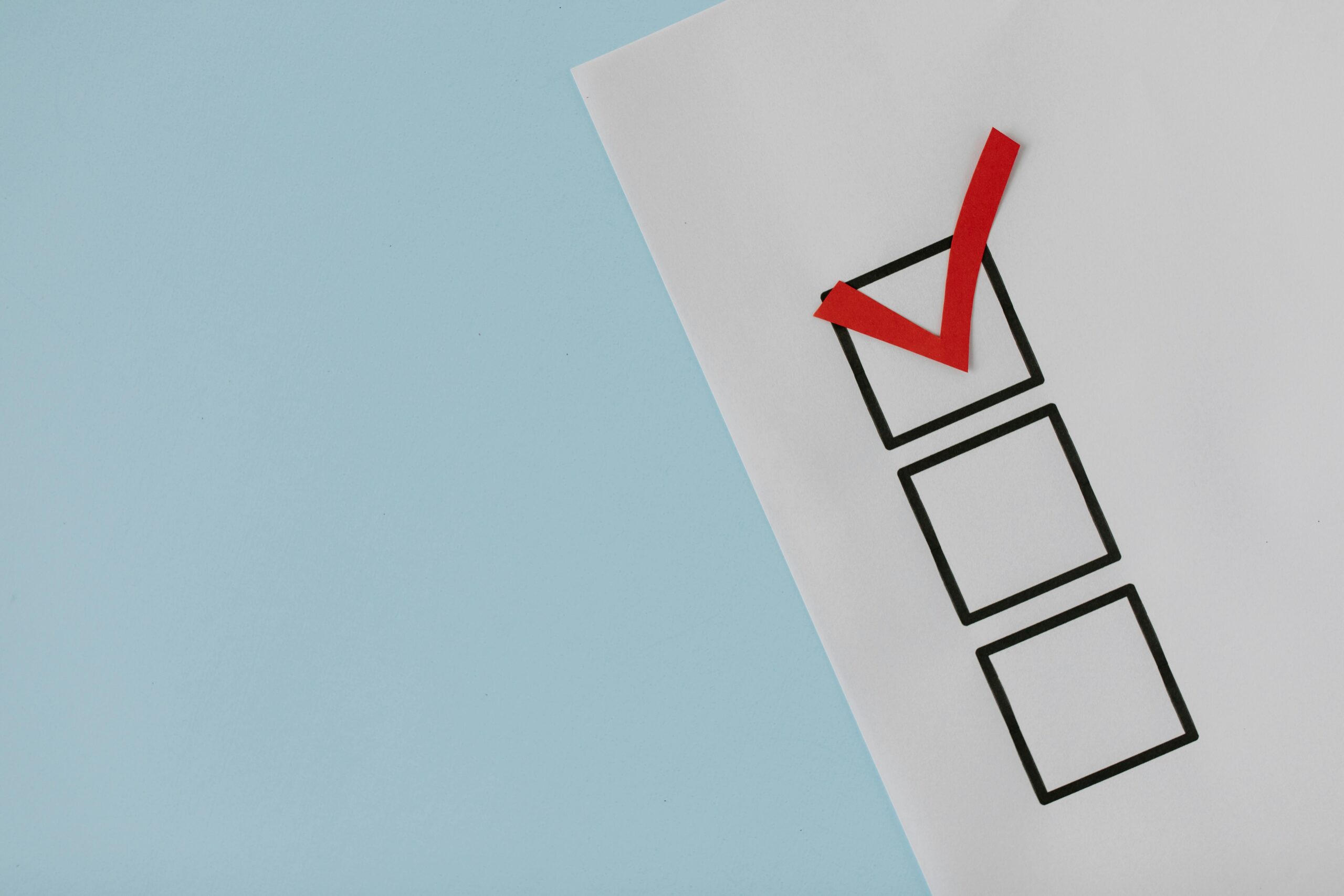
by Rebecca Reese and Rebecca Reap

The COVID-19 pandemic has shifted the world in more ways than we can count, including forever changing not only the way we work, but where we work. That’s not expected to change any time soon either, as surveys find more than 90% of remote employees want to stay that way.
Although it’s true that carbon emissions are almost back at pre-pandemic levels (even as employees aren’t making a daily commute), two Kickstand employees (with similar names and passions) are highlighting how to be sustainable remote workers this Earth Month.
Why do you care about sustainability?
Rebecca Reese: Being sustainable is something I really started to care about just a couple of years ago. When everything started changing in 2020, so did my perception of my own impact on the world. One way for me to make a positive change was putting in effort to be more eco-friendly.
Rebecca Reap: I remember caring about the environment and sustainability from a young age, but it seemed impossible to make meaningful changes without totally disrupting my lifestyle. Then, I heard about Lauren Singer, AKA the girl who fit years worth of trash into a single jar. She was a college student living in NYC at the time, and I thought if she can do that, surely there are a few things I can do as well.
How did your sustainability habits change when you started working from home?
Reese: In 2020, I was working in broadcast journalism and had a very different lifestyle than I do now. For starters, I worked in the newsroom overnight and, frankly, I was exhausted all the time. Most of my decisions were made based on convenience. This looked like buying plastic bottles of coffee, packaged snacks, etc. then throwing them away. Now that I work at home I have the opportunity to cook proper meals for myself and can easily avoid single-use products.
Reap: Working from home gave me time I didn’t have before; rather than rushing out the door and picking up a coffee on the way, I bought an espresso maker from a thrift store, watched a “how-to” video, and now I spend the first 15 minutes of every morning making lattes at home vs. sitting in traffic. Instead of throwing away my empty rosewater toner bottle, I learned how to make my own and refilled it myself. Having more time to learn new things and explore my hobbies has made it easier than ever to try new sustainability habits.
What’s something you tried and didn’t stick?
Reese: One product I tried that didn’t stick was un-paper towels. They’re basically clothes that you roll up and use in place of regular paper towels. To this day, my biggest unsustainable habit is how many paper towels I use. However, I did cut down because I kept the un-paper towels and found other uses for them. For example, I keep some in the cabinet to use as cleaning rags.
Reap: One of the first package-free products I tried was shampoo bars. It seemed like the easiest product swap, and it was for a while – that is until I started coloring my hair. I accepted that this was one area where I needed to make a compromise and chose to go with products that would be better for my hair. To make up for buying products with more packaging, I made an effort to make each product last longer and took the time to appropriately recycle the packaging.
What’s your go-to sustainable work from home product?
Reese: My reusable K-Cup! Single-serve coffee makers create a lot of plastic waste, so my reusable attachment gives me the best of both worlds. No need to brew an entire pot every morning, and I’m not contributing to the billions of pods already in our landfills (…ugh).
Reap: It’s not exactly a product, but Facebook Marketplace. I’ve bought all of my work-from-home office furniture (and nearly all of my home furniture) from Facebook marketplace and other thrift stores.
What’s your advice to anyone who wants to be a more sustainable remote worker?
Reese: There are really small things you can do to save energy and live more sustainably. Since I’m home all day, I like to work by the windows and use as much natural light as I can before flipping the lights on. Another tip is unplugging devices as much as possible to reduce “vampire energy” or decreasing the brightness on your laptop screen to make your battery last longer. If it’s something you’re interested in, I would start small and only make one change at a time.
Reap: Make changes that fit your lifestyle. Take stock of what you’re already doing and see if there are little sustainable swaps you can make here and there. For example, I love to shop, but I know buying “new” has a pretty significant environmental impact. Rather than give up shopping completely, I opted for thrifting and buying used as often as possible. And instead of throwing away clothes, I started donating and recycling fabric instead. Living more sustainably is not about changing everything you do, it’s just about finding sustainable alternatives to what you’re already doing.



